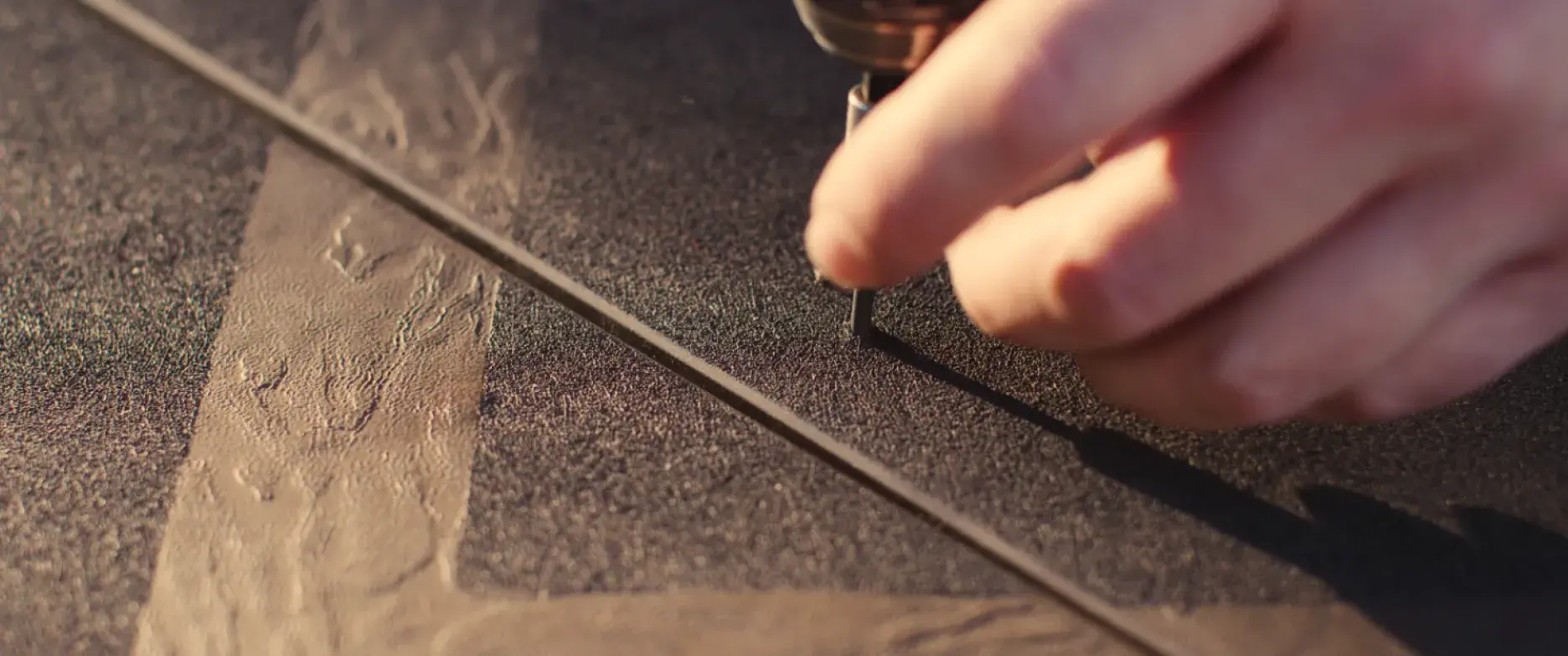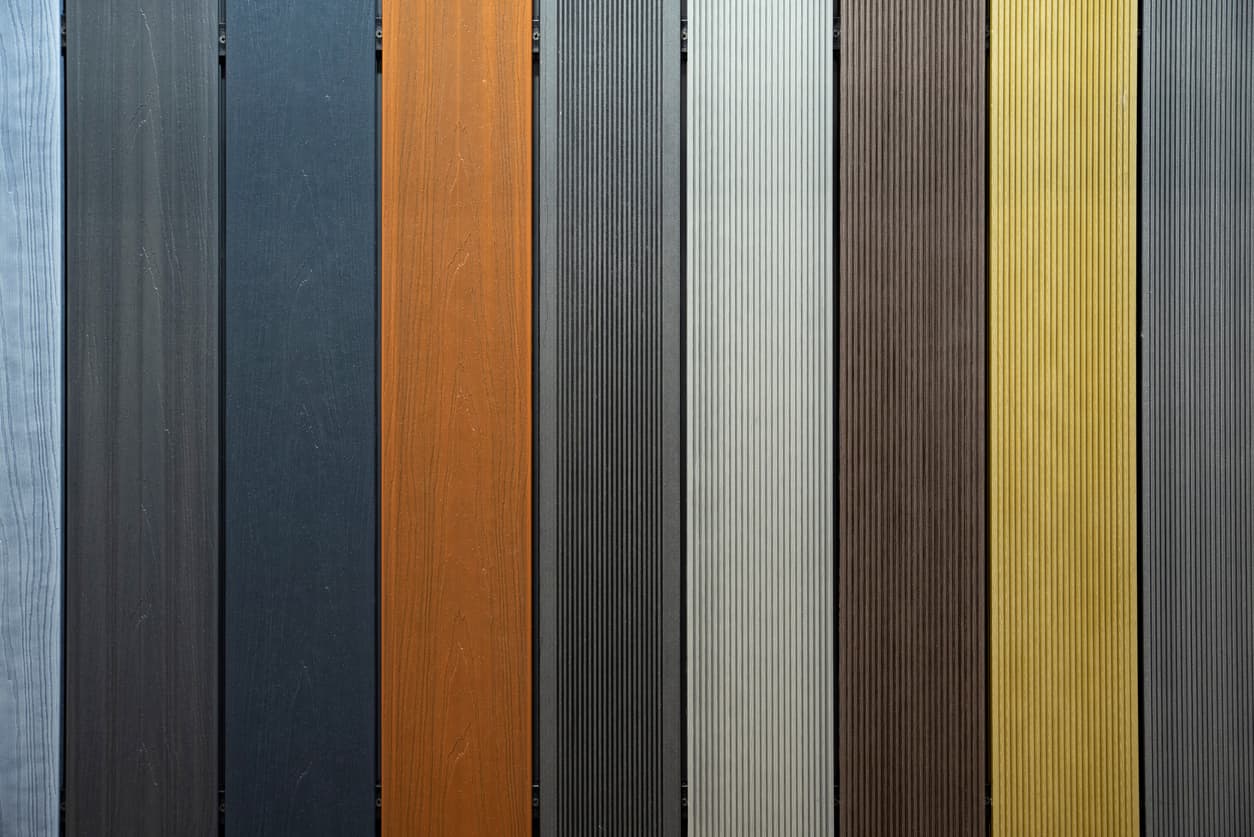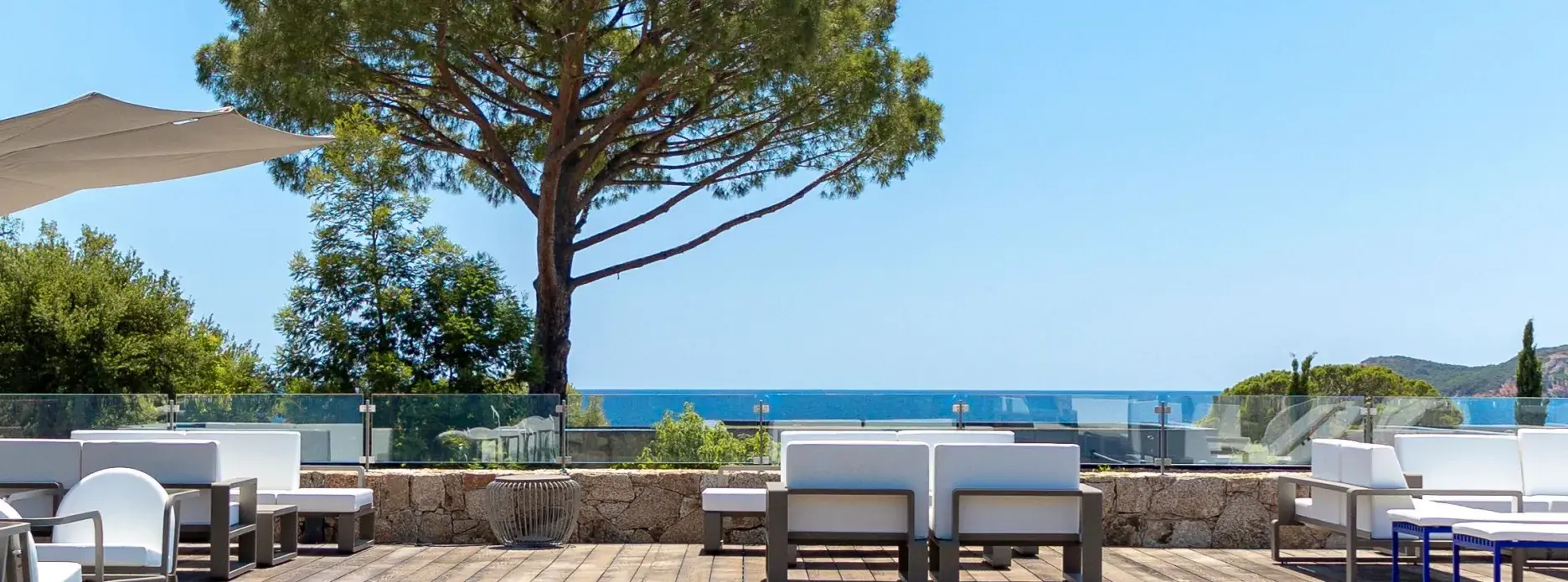MIllboard knowledgebase
Aluminium vs Composite Decking: Choosing the Best Option

Article Highlights
- When choosing between composite and aluminium decking, factors like cost, maintenance, durability, aesthetics, and environmental impact come into play.
- Aluminium decking is renowned for its longevity, durability, and fire resistance, making it a premium choice.
- Composite decking balances beauty and functionality with little maintenance, making it a popular choice for homeowners.
- Understanding the pros and cons of each material is crucial to making an informed decision that aligns with your budget and preferences.
- Consulting with decking experts can provide valuable insights and help you choose the best solution for your needs.
Choosing the right materials is one of the first hurdles you need to overcome before getting your dream decking. Aluminium decking and composite decking are two popular options, each with their own benefits and appeal. We will look at the positive and negative aspects of both materials. Not sure which decking material is right for you? This guide compares metal and mineral-resin decking in terms of durability, maintenance needs, cost, and overall appearance, so you can make an informed choice for your outdoor space.
Discover the revolutionary material that looks like wood but impressively outperforms it
Weigh up the prospect of composite decking for your outdoor space – is it worth it?
Is the high-performance material worth the downsides such as noise, heat and slip risks?
Both premium options, but one is superior in terms of performance and wide aesthetic appeal.
Consider how long your decking will last and whether recyclability is important
Composite decking by Millboard offers versatile colours and styles that resemble real wood grain
There are upkeep advantages to both options, weigh up the possible maintenance requirements
Balance environmental impact and natural appearance – which matters most to you?
Introducing Decking Materials: Aluminium vs Composite
Timber decking has historically been a popular choice of decking material but there are more modern options which offer the same appeal but last longer with minimal maintenance. One of those options known for its durability is aluminium decking. Both materials resist damage, mould, mildew, rotting, moisture and warping but there are some key differences.
Aluminium is a recyclable metal that can be moulded into various shapes for construction and home improvement designs. The metal is a strategic material, known for its longevity, fire resistance, and low upkeep. Both options have clear benefits over traditional timber decking.
The other option is Composite decking, which is typically made from a mixture of different plastics, wood fibres and polyurethane foam. It can mimic the appearance of natural wood, but performs far better. Millboard Composite Decking is slightly different. It doesn't use any wood fibres and it's moulded from oak boards to recreate the natural beauty of wood grain. The high-performance boards are both functional and beautiful, with the most accurate wood-effect pattern on the market. The boards are made using recycled biopolymers, minerals and polyeurethane, reinforced with fibreglass. A patented Lastane® layer ensures your boards are resistant to slipping, scratching, mould, rot, insect damage, discolouration, splintering, moisture, impact damage and cracking. The rubber-like layer makes the boards soft-to-touch and comfortable.


The Pros and Cons of Composite Decking
The benefits of composite decking are vast. It's strong and requires little maintenance compared to other materials such as a wooden deck or PVC decking. It resists moisture, mould, and fading by UV rays. The boards’ elastomer layer doesn’t splinter and the boards are highly resistant to warping or cracking to keep your outdoor spaces safe to use all year-round.
Millboard composite decking also boasts impressive features. Its durability, UV Resistance, high slip resistance, integrated Lastane® layer, soft-touch surface, moisture resistance and low maintenance benefits can make the higher price worth it for homeowners. While options like timber and PVC decking are often more affordable, they come with trade-offs in terms of durability and maintenance. Some homeowners are drawn to the natural look of timber or patio tiles, or the sleek finish of aluminium. However, mineral-resin decking offers a compelling balance of appearance, performance, and long-term value—making it worth serious consideration.

Pros of Millboard Decking
- Mould, rot, moisture, impact, scratch, insect and fade-resistant
- Splinter-free and soft-to-touch surface
- Wood-free
- Accurately mimics the natural beauty of wood grain
- Comes in up to ten versatile colours
- Durable and made to last
- Low maintenance decking boards
- High slip resistance
- Made using some recycled materials
Possible downsides of Millboard decking
- The composite decking boards are a premium option compared to PVC, timber, concrete pavers and patio tiles
- Composite boards are not suitable for use with fire pits
- Millboard uses synthetic raw materials as opposed to natural decking materials
The Pros and Cons of Aluminium Decking
Aluminium decking is known for its long-lasting strength. It is a smart choice for homeowners looking for something sleek and robust. Unlike wooden decks, aluminium does not rot, get damaged by insects, or suffer from moisture problems. Metal decking is fire-resistant so can be used for balconies and rooftops where fire safety is a top priority. It also makes aluminium suitable for use with fire pits, although, if using a firepit on an aluminium deck consider the possible damage to the powder coating by exposure to high temperatures.
There are some downsides to aluminium decking. It has excellent thermal conductivity, so it can get very hot after being in direct sunlight and get very cold in the winter. This can make it uncomfortable and at times unsafe to walk on without proper footwear. Also, metal decks can be slippery when they are wet, even with slip-resistant coatings and grooved design. Some other aspects such as noise, and scratch-proneness are also disadvantages to bear in mind when choosing between an aluminium and a composite deck.
Pros of aluminium decking:
- Durable and lightweight
- Recyclable
- Various colours available
- Fire-resistance
- Sleek appearance
- Splinter-free
- rot, insect and moisture-resistant
Cons of aluminium decking
- Slippery when wet
- Noise issues
- Powder coating can be prone to scratches
- Thermal conductivity
Cost Analysis: Metal Composite
When evaluating decking options, it’s important to consider both the upfront investment and the long-term value. Aluminium decking typically comes with a high initial cost due to its precision manufacturing and durable finish. Standard wood-fibre composite decking is often more affordable than both aluminium and premium composite alternatives like Millboard.
However, Millboard offers long-term savings through its durability and virtually maintenance-free performance. Unlike many other composite options, Millboard boards are hand-moulded from real oak for a premium aesthetic, yet they resist fading, warping, staining, and scratching—issues that can affect both aluminium and standard composite boards over time.
While aluminium is known for strength and moisture resistance, it can be prone to visible surface marks like scratches or scuffs, which may require touch-ups or replacements to maintain appearance. In contrast, Millboard’s mineral-resin composition provides a resilient finish with minimal upkeep, making it a cost-effective choice over the product’s lifespan.
Lifespan and Durability: Aluminium vs Composite Decking

Aluminium decking can last decades, this makes it a great long-term investment for homeowners. The material's strength and resistance to rotting, warping and damage helps it stand the test of time. However, a powder coating on coloured options may not last as long. The decking area remains functional for an extended period but the aesthetic appeal could dwindle over time. To extend the material’s lifespan, the aluminium decking can be recycled when it is no longer needed.
While strong and durable, a composite deck may not be as physically robust as aluminium. However, it lasts up to 25 years. The lifespan depends on the quality of the composite decking materials, the skill of installation and how the decking is used and maintained. Composite decks can resist wear and tear such a scratches, scuffs and stains. Millboard decking boards perform excellently in snap tests, making them safe and long-lasting, even where there is heavy footfall such as commercial settings.
Design,Colour and Aesthetic Appeal
Composite decking offers versatile design options. Millboard offers natural wood effect decking boards in four different styles. Enhanced Grain is moulded from vintage oak boards for the most authentic wood grain pattern and is available in two different widths 176mm and 126mm. You can also choose from ten shades to make it customised to your taste and design. Configure your decking boards any way you like such as tessellating shapes, chevrons or herringbone. Modello offers the opportunity for a deck as individual as you. With over 70 possible patterns and two unique styles you can choose a surface pattern top suit your space.
Weathered Oak Decking boards are another option. Hand-moulded from aged oak, these composite boards add a rustic charm to your outdoor space while outperforming traditional wood decking. Select from three colours to match your home's aesthetic.
When safety is a top priority, choose from three stunning shades of Lasa Grip Decking. The additional colour-matched grip offers peace of mind while maintaining an elegant appearance.
Aluminium decking offers a sleek and versatile look. Powder-coating can give you virtually any colour or design, including wood-effect. However, if you want a decking that replicates the beauty of wood, Millboard is the best option – and it’s available in a wide variety of shades.
Maintenance Considerations
Aluminium decking needs very little care because it is strong and can resist things like moisture, rot, insects, splintering, cracking and UV damage. However, the powder coating on the aluminium slats can scratch or chip with heavy use. Depending on the colour and finish you go for, it can show stains, marks and scuffs more easily.
On the other hand, composite decking requires seasonal cleaning but doesn't need staining, sealing, sanding, or painting to maintain its appeal. The boards and rubber-like Lastane® layer are resistant to mould, rot and moisture. Composite decking can look like wood without needing much upkeep. Homeowners can have the beauty of wood but also enjoy the easy care of composite materials.
Sustainability: Aluminium vs Composite Decking
One advantage of aluminium decking is that it can be recycled many times. Recycling aluminium does not change its strength, which helps cut down the need for new aluminium. Mining and refining the metal is a resource-intensive process and negatively impacts the environment.
On the other hand, the environmental effects of composite decking depend on how it is made and what materials are used. Millboard use recycled biopolymers and 30% recycled material in the boards which cuts down the need for virgin materials. The manufacturing process aims to keep landfill waste to a minimum, recycling as much as possible. Read about Millboard Sustainability.
Frequently Asked Questions
Can composite decking mimic the look of real wood?
Yes, today’s composite decking boards come in many colours and textures. They are made to look like natural wood. Millboard hand-moulds their boards from real oak to achieve the most accurate and true-to-nature wood-grain pattern. You can choose natural brown decking shades such as Golden Oak, Ashwood, Limed or Coppered Oak . Alternatively, grey decking shades can suit any style. Explore vibrant colour options such as Brushed Basalt or Jarah.
How do aluminium and composite decking compare in terms of fire resistance?
Aluminium decking naturally resists fire making it a great option for balconies or commercial decks. Mineral-resin boards aren't as flammable as timber. However, we advise that you're careful when using BBQs and other heat sources.
Are there specific brands of composite decking recommended for the UK climate?
UK weather is changeable but often wet. The best decking should resist moisture damage, rot, mould and insect damage. Slip-resistant decking is crucial when the decking gets wet or icy. Lasta Grip Decking has the highest slip resistance, but all the decking styles are built to last in UK weather conditions.
Speak to our expert team on 12476439943 about choosing the right decking option for your outdoor space.
Is Aluminium Decking easy to install?
While we recommend choosing a Millboard-approved installer to build your deck, it is possible for homeowners to install. However, aluminium is a bit different. For your safety and to ensure the longevity of your deck, don't install an aluminium deck on your own unless you have proper equipment, PPE and training.
What is the best Substructure for Decking?
The ideal substructure for decking varies based on the ground surface - whether it's level or sloped - your desired configuration - round or raised decks may require a different approach. Millboard-approved installers can create the most secure substructure using recycled plastic and aluminium and self-levelling pedestals . Avoid laying a new decking onto an old substructure as your decking may not last as long as you hoped.
What to read next
Choosing between wood and composite decking
Choosing between composite decking and patio tiles
Choosing between composite decking and concrete pavers













